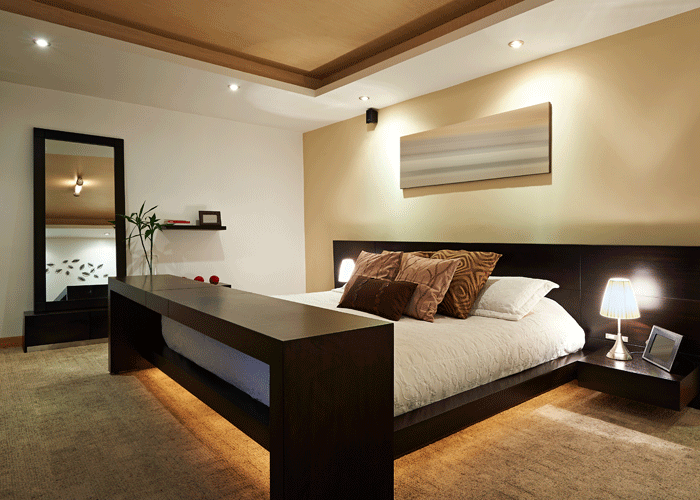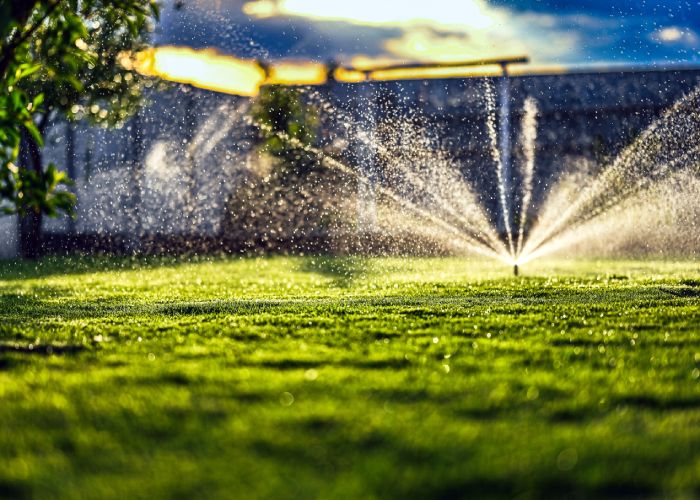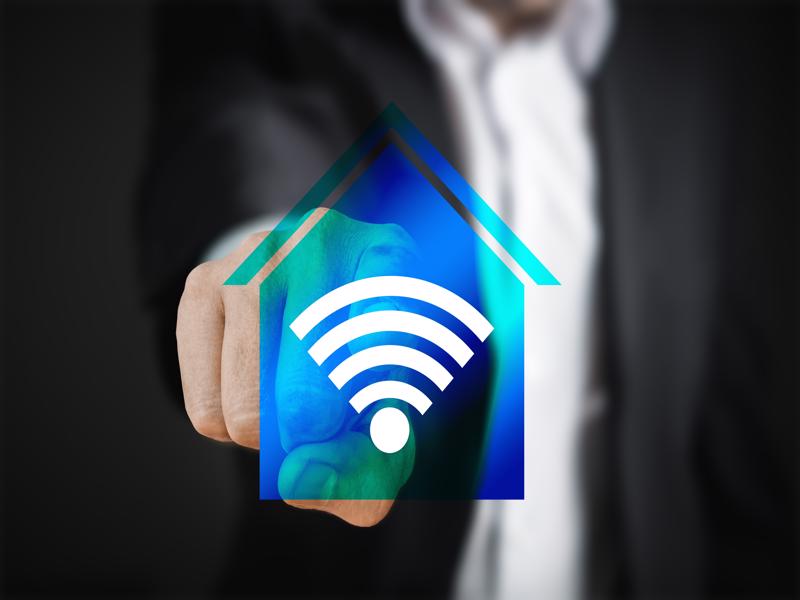As our population ages, there is a growing need for properties that cater to the specific needs of elderly individuals. Whether for personal use or investment purposes, adjusting a property to enhance comfort and accommodate the unique requirements of older adults can significantly increase its value. By implementing thoughtful modifications, you add monetary value to the property and improve the quality of life for its occupants.
Here are several key considerations to keep in mind when aiming to make a property more suitable for elderly residents:
1. Accessibility Features
Incorporating accessibility features into the property design is crucial for elderly individuals with mobility challenges. This includes installing ramps, bathroom grab bars, wider doorways to accommodate wheelchairs and walkers, and non-slip flooring to prevent accidents. Creating a single-story layout or adding a stairlift can also make the property more accessible and convenient for older occupants.
As an example, domestic lifts like these can increase a property’s value by a significant amount. Not only can it contribute to greater mobility for residents of all ages, but it also brings sophistication to any room in the living space. Indeed, people install lifts in bedrooms, kitchens, basements, attics, living rooms, and garages. Units range from traditional designs to small, space-saving, whisper-quiet models that efficiently use space. Lifts can make a house listing stand out in any real estate market.

2. Adaptive Lighting and Safety Measures
Good lighting is essential for seniors, as vision declines with age. Installing bright, energy-efficient lighting throughout the property, including task lighting in kitchens and bathrooms, can enhance visibility and reduce the risk of falls. Additionally, integrating motion-sensor lights in key areas such as hallways, staircases, and outdoor pathways improves safety and security, especially during nighttime.

3. Comfortable and Low-Maintenance Features
Incorporate features that promote comfort and require minimal upkeep. This might include replacing traditional faucets with lever-handled or touchless ones, installing easy-to-reach shelving and storage solutions, and opting for low-maintenance landscaping with features like raised garden beds or automatic irrigation systems. Investing in high-quality, durable materials for flooring, countertops, and fixtures can also reduce the need for frequent repairs and replacements.

4. Smart Home Technology
Integrating smart home technology can greatly enhance the convenience and safety of the property for elderly residents. Smart thermostats, door locks, and security cameras can be controlled remotely, allowing for easy monitoring and adjustments. Voice-activated assistants like Amazon Alexa or Google Home can help with tasks such as setting reminders, adjusting lighting, or calling for help in case of emergencies, providing peace of mind for both residents and their caregivers.
5. Wellness Amenities
Consider adding wellness amenities that promote an active and healthy lifestyle. This could include installing a walk-in bathtub or a seated shower with grab bars for safe bathing, incorporating a fitness area with low-impact exercise equipment, or creating a tranquil outdoor space for relaxation and meditation. Access to community gardens, walking trails, or nearby recreational facilities can contribute to overall well-being.
6. Energy-Efficient Upgrades
Implementing energy-efficient upgrades not only reduces utility costs but also enhances the sustainability and comfort of the property. This might involve installing energy-efficient appliances, upgrading insulation and windows to improve thermal efficiency, and incorporating renewable energy sources such as solar panels or geothermal heating systems. These upgrades benefit the environment and make the property more attractive to environmentally-conscious buyers or renters.







